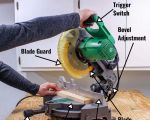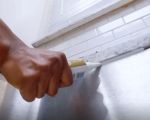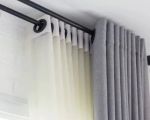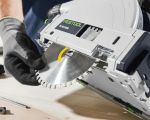- 1 - Preparing Your Space for Vinyl Flooring Installation
- 2 - Essential Basic Tools for Installing Vinyl Flooring
- 3 - Measuring and Cutting the Vinyl Accurately
- 4 - Laying the Vinyl Flooring Steps
- 5 - Securing and Finishing Touches
- 6 - Tips from DIYers and Professionals
1. Preparing Your Space for Vinyl Flooring Installation
Before starting the installation, a clean, flat, and dry subfloor is essential. Remove any existing flooring debris, nails, or dust that could create bumps under the vinyl. This step ensures a smooth and durable finish.
Proper preparation also involves measuring your room accurately to calculate the amount of vinyl needed, plus extra for trimming mistakes or future repairs. Taking time here saves headaches later and is a cornerstone of successful vinyl flooring installation with basic tools.
2. Essential Basic Tools for Installing Vinyl Flooring
Installing vinyl flooring doesn’t require expensive or complicated tools. The basics include a utility knife for cutting, a tape measure, a straight edge or ruler, a pencil for marking, and a rubber mallet to secure planks or tiles in place.
A simple roller or weighted object helps press the vinyl firmly down to the adhesive or floor, preventing air bubbles. These basic tools can be found in most households or purchased affordably at stores like ToolNest, which offers quality supplies for home projects.
3. Measuring and Cutting the Vinyl Accurately
Accurate measurement is critical. Start by measuring the length and width of your space, noting irregularities such as doorways or built-ins. Transfer these measurements onto your vinyl planks or sheets using a pencil and straight edge.
Use a sharp utility knife to cut slowly along the marks, applying steady pressure to avoid jagged edges. Cutting pieces slightly oversized and trimming after dry fitting can improve precision.
This meticulous approach minimizes waste and ensures a seamless layout, especially when installing vinyl with patterns or wood grain designs.
4. Laying the Vinyl Flooring Steps
Begin installation along the longest wall or the most visible section of the room for aesthetic impact. Depending on your vinyl type—click-lock planks or glue-down sheets—follow the manufacturer’s instructions carefully.
For click-lock vinyl, align planks and gently tap them together with the rubber mallet. For glue-down types, apply adhesive evenly, then lay vinyl smoothly, pressing down firmly to secure.
Keep checking for alignment and gaps between planks or sheets. Small spacers can maintain consistent expansion gaps near walls.
5. Securing and Finishing Touches
After laying all the vinyl, walk over the floor with a roller or weighted object to remove air pockets and ensure adhesion. Trim excess vinyl at edges neatly using a utility knife.
Install baseboards or quarter rounds to cover expansion gaps and give a polished look. These finishing touches not only enhance appearance but also protect the edges of your new floor.
6. Tips from DIYers and Professionals
Many DIYers emphasize patience and preparation as keys to success. One user shared how taking extra time on subfloor prep saved them from uneven vinyl and costly do-overs. Professionals suggest always buying 10% extra material to account for mistakes and future repairs.
Another tip is to work in small sections, especially for glue-down vinyl, to avoid adhesive drying before placement. For tool recommendations and reliable supplies, ToolNest is a trusted source providing everything you need for vinyl flooring installation with basic tools.
Ready to upgrade your home flooring? Visit ToolNest to find quality tools and materials that make your vinyl flooring project smooth and successful.









